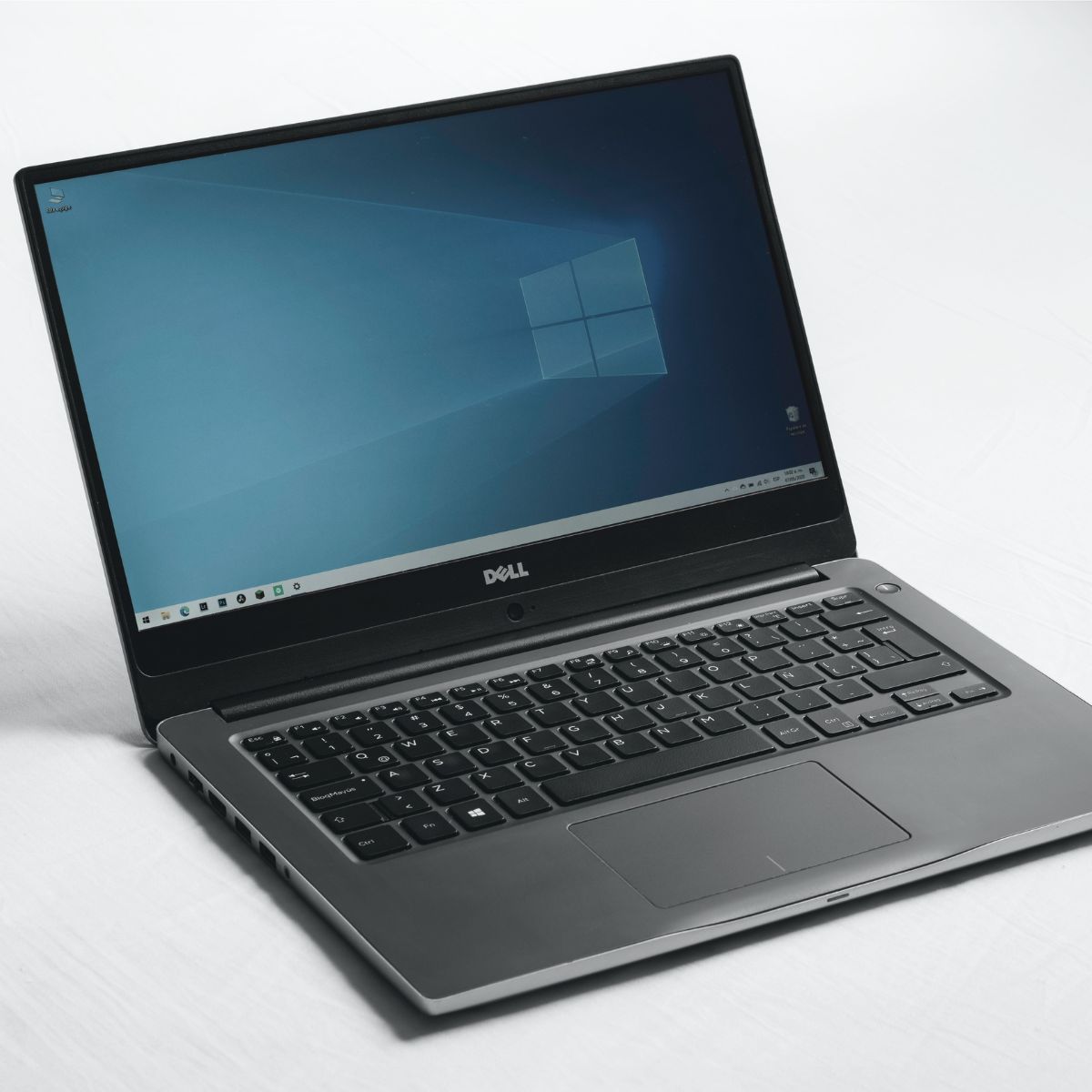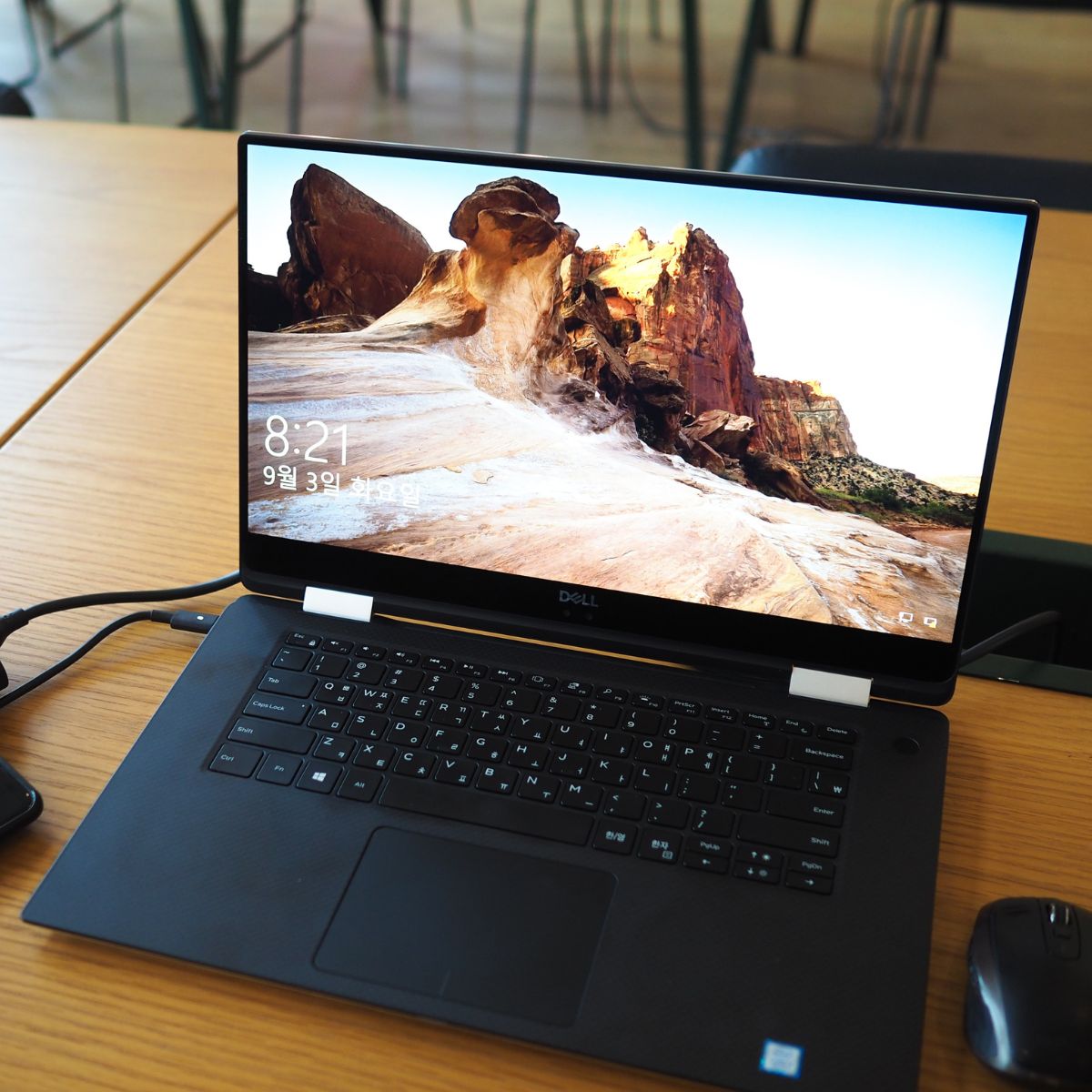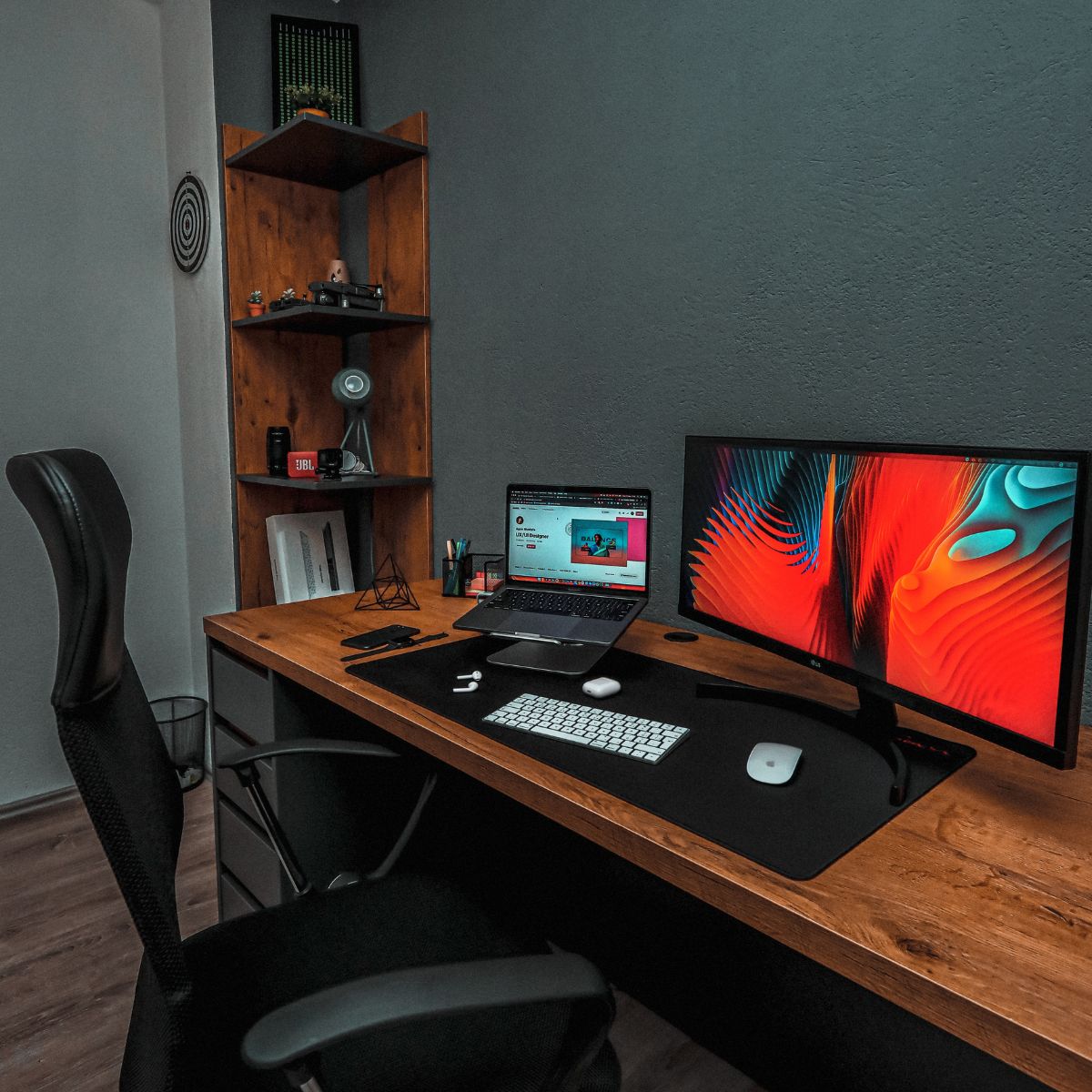Seeing constant flickering, glitches or flashing on your Dell laptop screen? Annoying as it is, this issue can often be fixed with a few easy troubleshooting steps. Here are 10 solutions to stop a flickering laptop screen on a Dell.
1. Adjust the Screen Resolution
An incorrect or unsupported resolution setting can cause screen flickering. Check that the correct resolution is selected based on your display.
Right click the desktop, select Display Settings > Resolution and adjust if needed.

2. Update Graphics Drivers
Outdated graphics drivers frequently lead to display issues like flickering. Go to Dell’s website, enter your service tag, and download the latest drivers for your specific model. Installing them can fix incompatibilities.
3. Change Power Settings
Switch your laptop’s power plan to High Performance. Then go to Change Plan Settings > Restore Default Settings. This resolves flickering caused by power setting conflicts.

4. Disable Problematic Apps
Apps running in the background can interfere with the system and cause display glitches. Use Task Manager to disable startup items and processes one by one until you isolate the problematic app.
5. Roll Back Recent Changes
If the flickering started after a Windows update, driver update, or software install, rolling back the changes may fix it. System Restore can revert your laptop to an earlier stable state.
6. Connect an External Display
Connect your laptop to an external monitor using an HDMI or VGA cable. If the external display also flickers, it’s a hardware issue. If not, it’s a software issue isolated to the laptop screen.

7. Check Physical Damage
Loose cable connections between the LCD screen and motherboard can cause flickering. Check for any signs of physical damage. If so, the laptop likely needs repair by a professional.
8. Clean Out Vents and Fans
Dust buildup leading to overheating can also cause laptop screen flickering. Carefully clean out any blocked vents and fans with compressed air to improve airflow and cooling.
9. Perform Dell Diagnostics
Dell’s built-in diagnostics tests components like the CPU and RAM for faults that could manifest as screen flickering. Press F12 on startup to access diagnostics.
10. Consider a Screen Replacement
If all else fails, the LCD panel itself may be damaged and need replacing. Check the warranty or contact Dell support to explore screen replacement options.